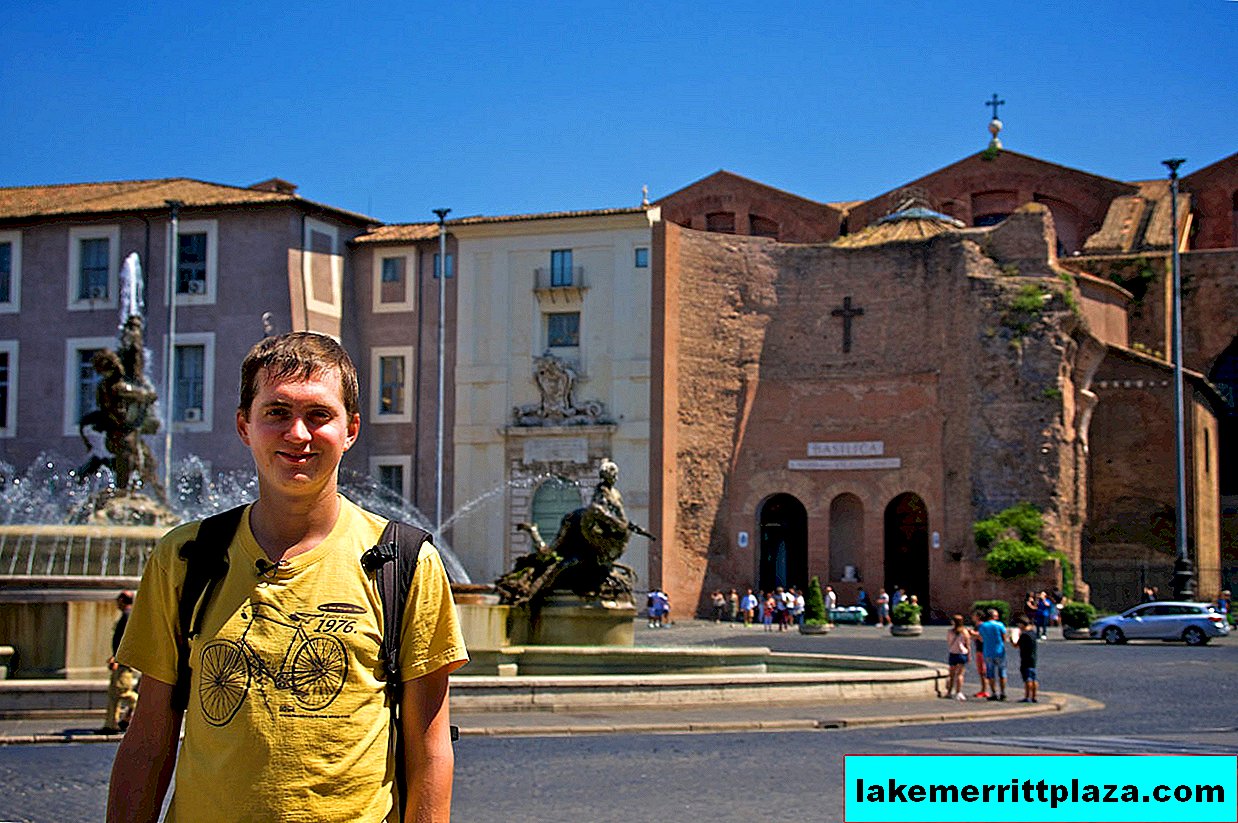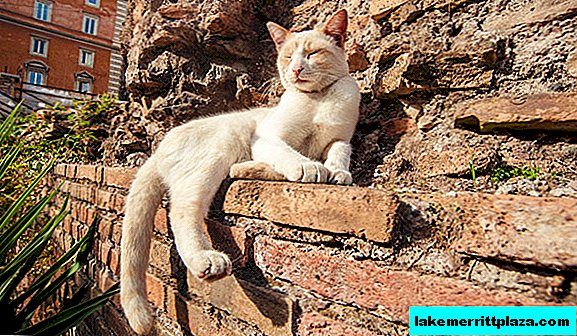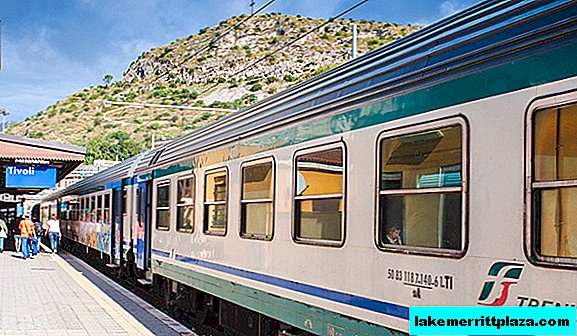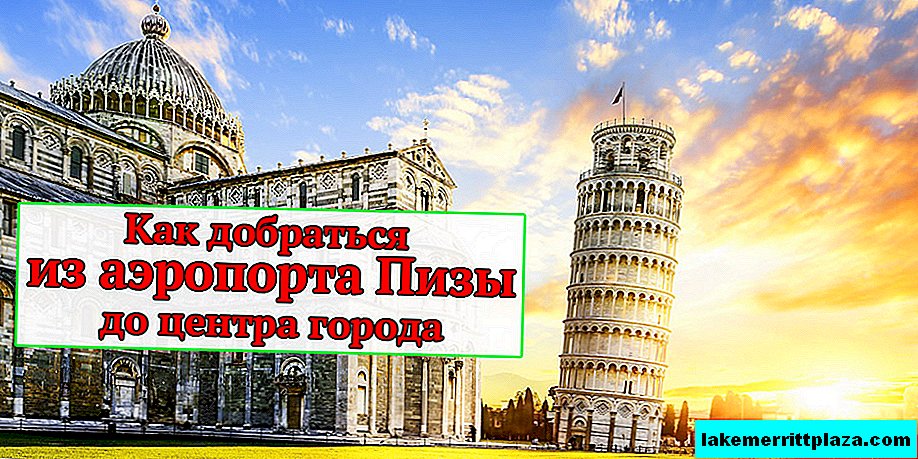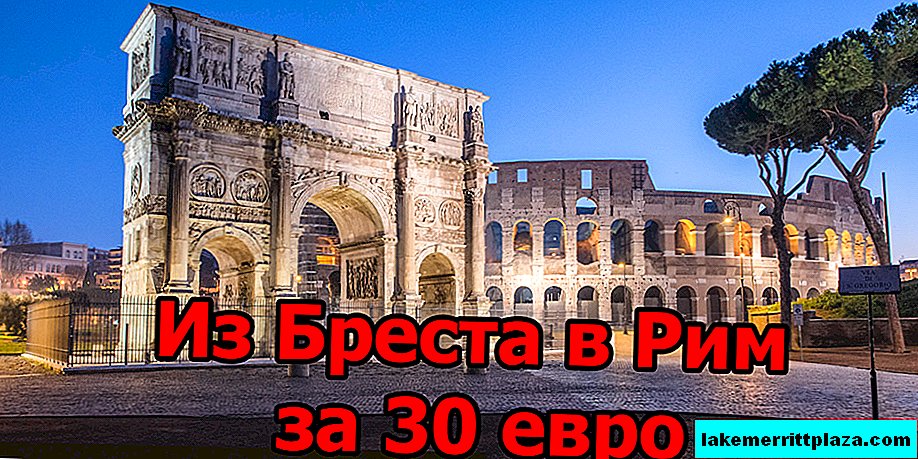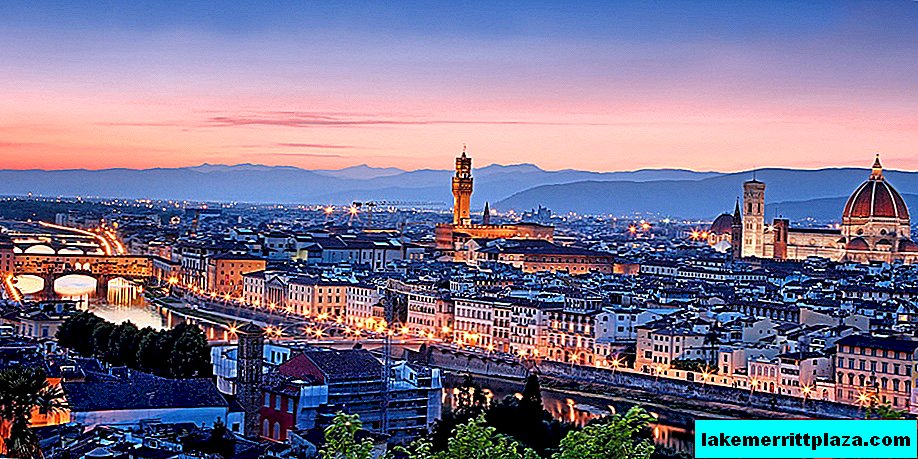Koblenz grew up from a Roman military camp. At the turn of the old and new era, after unsuccessful attempts to conquer the Germanic tribes living east of the Rhine, the Roman state went on the defensive and began to strengthen the border passing along the Rhine.

The Noah's Ark fountain in Koblenz
German sketches. Part I
German sketches. Part II
German sketches. Part III
German sketches. Part IV
German sketches. Part v
German sketches. Part VI
German sketches. Part VII
German sketches
Part VIII. Koblenz and Bonn
Koblenz, like many other ancient cities in Germany, grew out of a Roman military camp. At the turn of the old and new era, after unsuccessful attempts to conquer the Germanic tribes living east of the Rhine, the Roman state went on the defensive and began to strengthen the border passing along the Rhine. So in the year 9 of our era, at the confluence of the Rhine and the Moselle, in order to protect strategic bridges across these rivers, the military camp Castellum apud Confluentes was erected, which in Latin means "Strengthening at the confluence of rivers."
As I said in the previous part of the report, the Rhine-Moselle river arrow in Koblenz, called the German Corner, is one of the most famous and recognizable views of Germany.
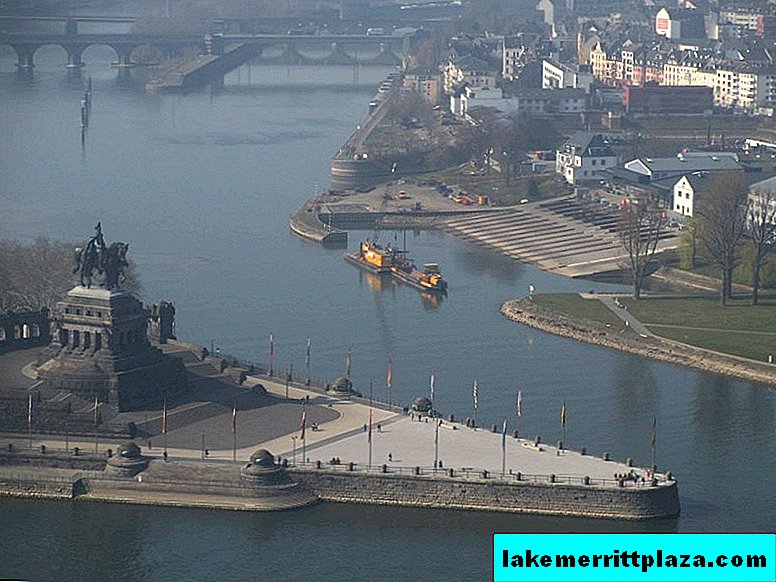
View of the German corner from the Ehrenbreitstein fortress
Near the southern outskirts of Koblenz, another tributary flows into the Rhine from the east - the Lahn (the Moselle flows from the west), but the existence of the German corner completely overshadows this fact.

At the cutting edge of the German corner
The name of this place came from the fact that in the Middle Ages there was a complex of buildings belonging to the Teutonic Order, and in German this knightly monastic order was always called German. At the beginning of the XIII century, in the Holy Land - Palestine - the affairs of the Crusaders were already going very badly, and the Teutonic Order began to seek refuge in Europe for itself. One of the German princes - the archbishop of Trier - invited the knight monks to settle in Koblenz belonging to him in order to establish a medical case here. According to the charter, among the main tasks of the order, like their colleagues, the Knights of the John, among other things, was the establishment of hospitals and the treatment of patients. Therefore, the order eagerly responded to the offer and founded in Koblenz one of its kommursts (branches). Life is very diverse and nothing in it is painted only with black, or, on the contrary, only with white paint. Before the battle of Grunwald, there were still two hundred good years left, and the Teutonic Order, which later became a symbol of German aggression for Eastern Europe, was engaged in completely godly affairs at that time.
Now the German corner is the location of the memorial "German Unity", which was built in 1897 on the money collected by subscription and is dedicated to the unification of Germany into a single state. On the sections of the embankment that form the sides of the German corner, flagpoles with the flags of all federal lands that are part of a united Germany are installed.
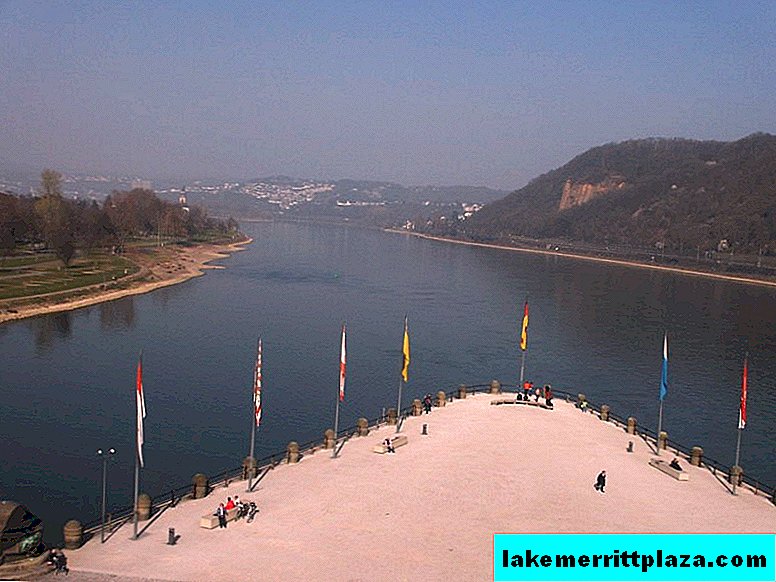
Deutsches Eck - German Corner: Right - Rhine, Left - Moselle
The central fragment of the memorial is an equestrian statue of the Prussian king William I, who became the first emperor of a united Germany.

Monument to Kaiser Wilhelm I
Next to the Kaiser is depicted the winged goddess of victory Nick, leading under the bridle of the imperial horse.
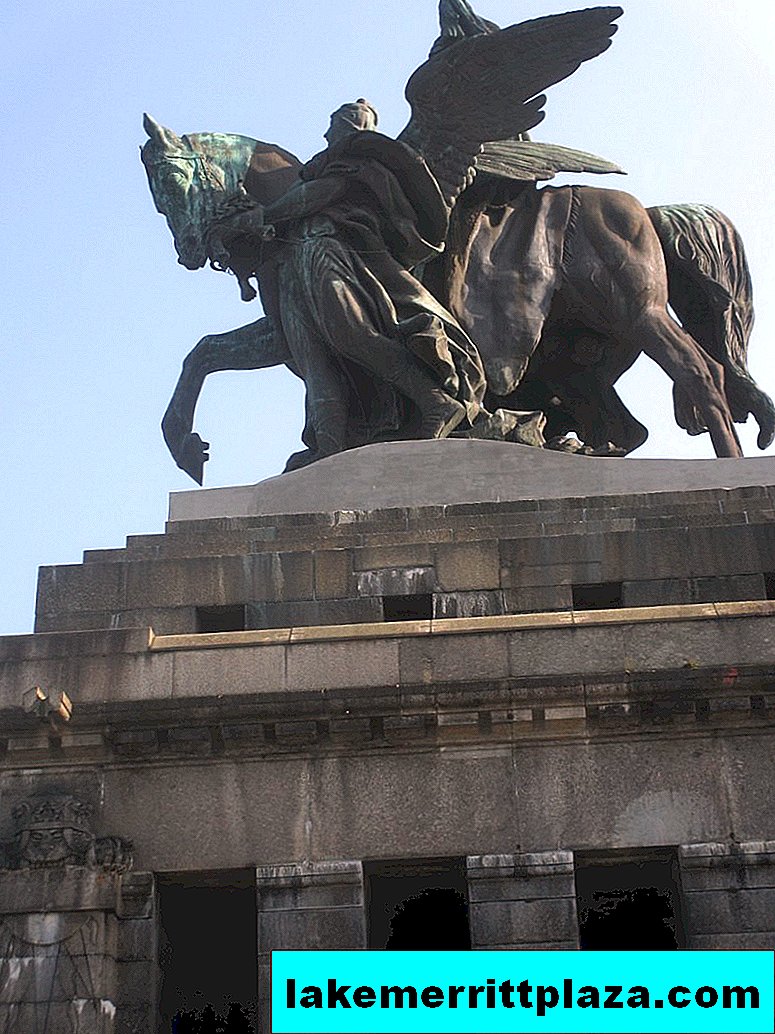
Monument to Kaiser Wilhelm I
To maintain objectivity, it must be said that the Kaiser “unifier” was a very narrow-minded person and a weak ruler, panicky afraid of the revolution. His merit to Germany is only in the fact that, under the pressure of circumstances, he decided to transfer the conduct of Prussian politics into the hands of a very tough and therefore extremely not popular Otto von Bismarck society. To be precise, not popular at the beginning of his political career. It was the "iron chancellor" Otto von Bismarck who firmly soldered Germany into a single whole, after which the Prussians, who at first genuinely hated him and even repeatedly encroached on his life, were ready to carry him in their arms. From love to hate is one step, and, as history shows, from hate to love, too. Wilhelm I himself up to the coronation of the imperial crown rested and did not want to accept the title of German emperor. Being a Prussian to the marrow of bones, he said: “My heart cannot stand it if the beautiful name Prussia dissolves in a seething cauldron named Germany, which has always been hostile to Berlin and the sacred Prussian order ... The good old Prussia always did what taunted the Germans of Germany. How am I now, the heir to the former Prussian glory, suddenly called a German name? " And yet, most of the laurels of the unifier and founder of the new state went to William I. That, however, is quite understandable and logical.
On the facade of the pedestal on which the monument is mounted, a giant Prussian eagle spread its wings. Which is also quite understandable and logical - because Prussia united Germany.
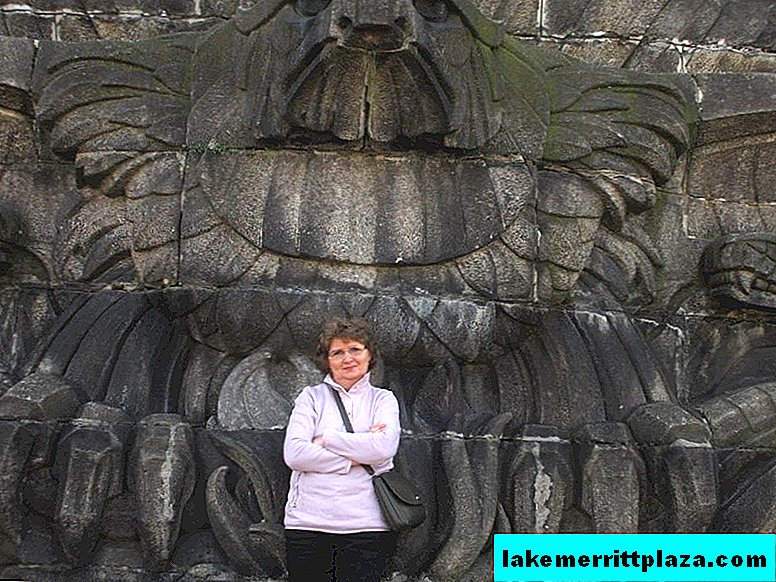
Prussia rules
On the sides and behind the pedestal there are wide staircases, the steps of which lead to its hollow interior.
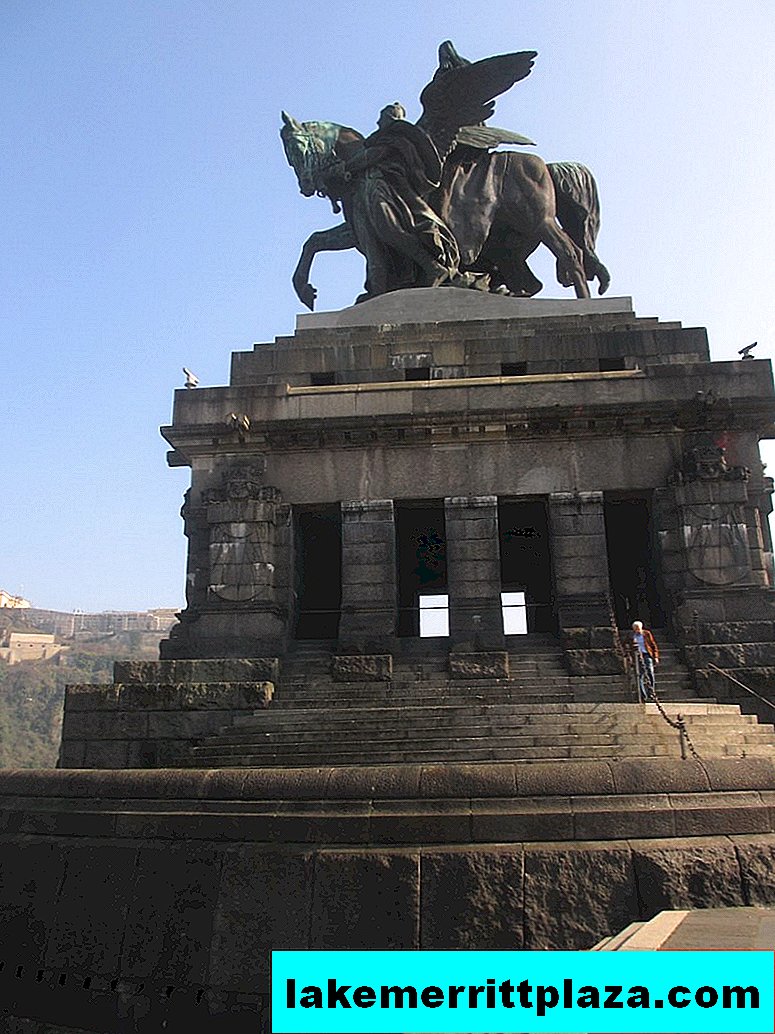
Monument to Kaiser Wilhelm I (view from the right side)
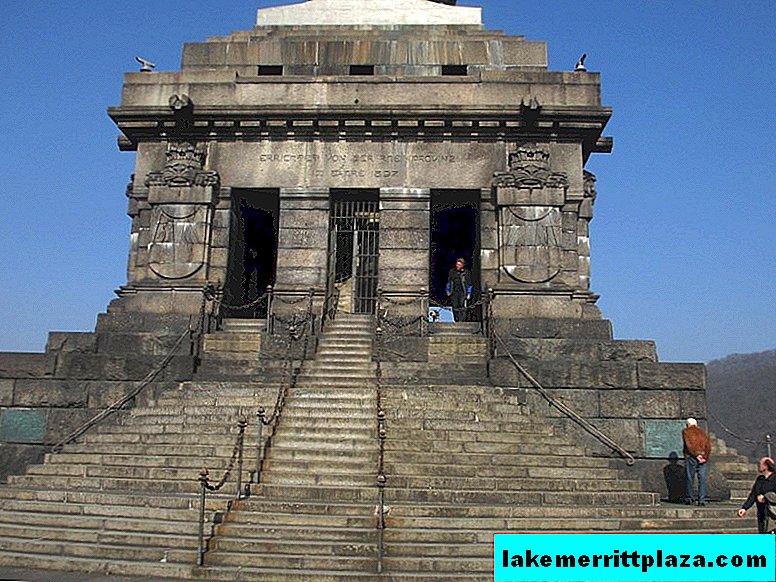
The back of the pedestal
In the through niches of the walls of the pedestal, if you wish, you can retire and abstract from the outside world, like, for example, this young man who spent all his time on the German corner enthusiastically studying with his laptop.
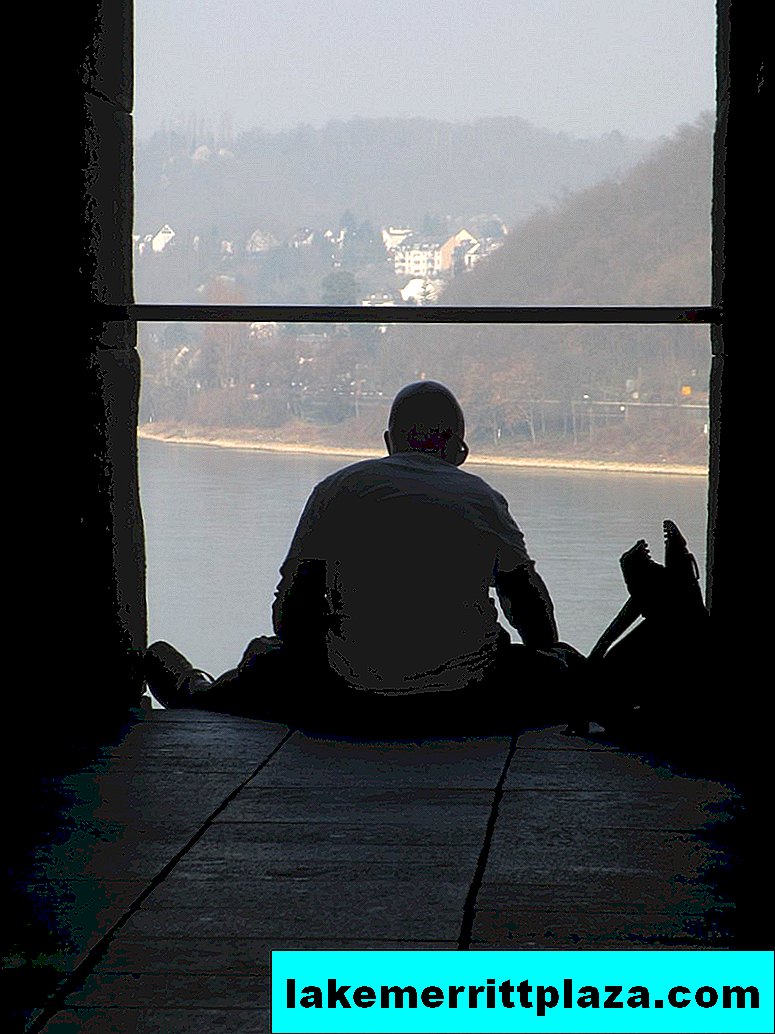
Well sitting
From the inner space of the pedestal, the staircase leads even higher, to the very foot of the equestrian statue - to the open observation gallery. This gallery surrounds the pedestal around the perimeter; spyglasses are installed at its corners. Although the height is not very large, from here you can make good photographs of the surroundings, the very confluence of the rivers, the opposite right bank of the Rhine with a cliff on which the Ehrenbreitstein fortress stands.

View from the German angle on the Ehrenbreitstein fortress
The weather on the day of our visit to Koblenz was warm and sunny in summer, and it was a pleasure to walk.
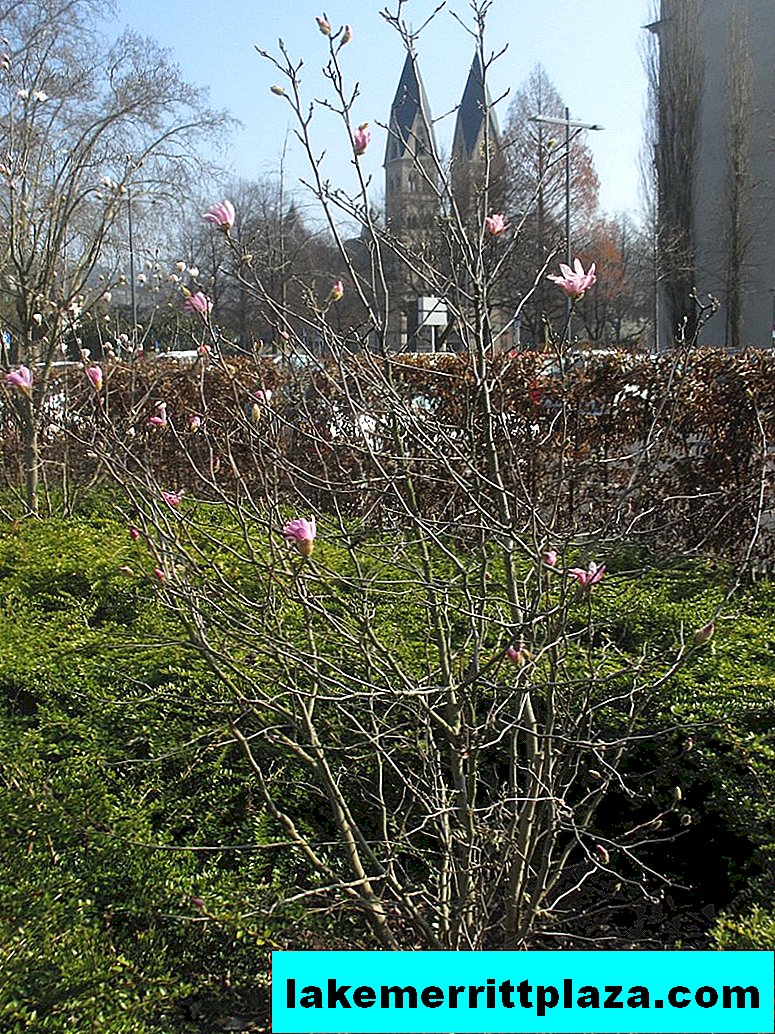
Spring in Koblenz
It was only mid March in the yard, and the lawns were already covered with the first spring flowers.
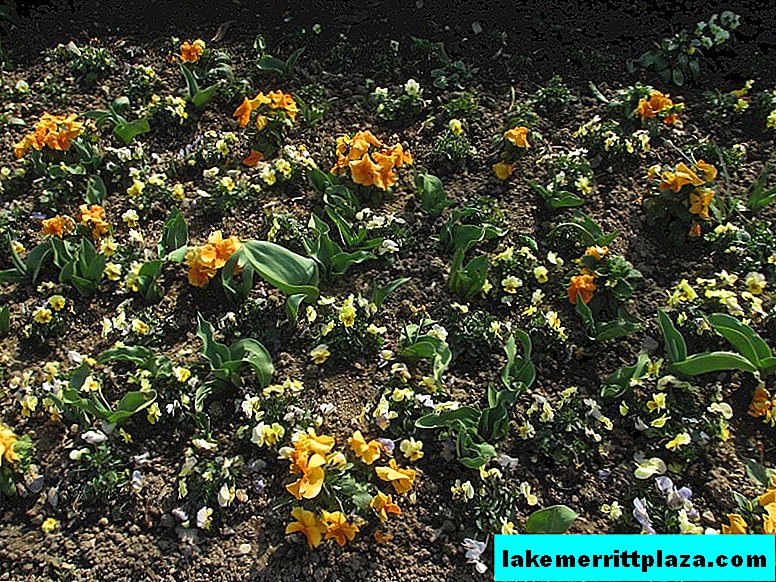
Koblenz. March. Flower lawn
The German corner is a good starting point for further exploring the historic city center. From here you can go in any direction. Option one: along the Rhine promenade to the cable car station located very close by, linking the Deutsche Angle with the Ehrenbreitstein fortress, and the elector’s palace and the Wine Village located a little further. Option two: along the Moselle embankment towards the old stone bridge. Option three: immediately plunge into the labyrinth of narrow streets of the Old City, suitable close to the memorial.
Despite the fact that the history of Koblenz has more than two thousand years, little has been preserved from its early periods. Nothing remained of the Roman era, but something from the medieval objects still survived. This is the stone bridge of Balduinbrücke across the Moselle
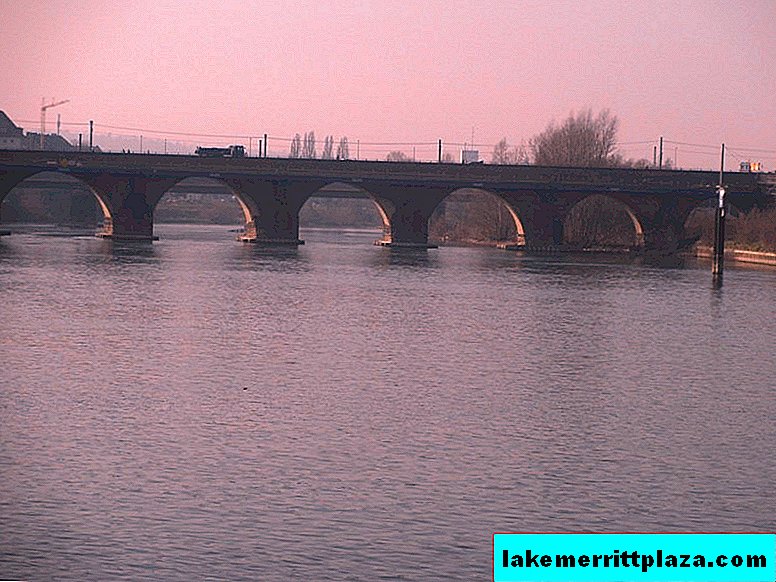
Baldwinbrücke Bridge in Koblenz (XIV century)
and several Romanesque and Gothic churches, the most famous of which is the Romanesque basilica of St. Castor, located next to the German corner. She is best known for the fact that in 842, representatives of the three grandchildren of Charlemagne held preliminary talks in her on the division of the vast Frankish Empire.

St. Basilica Castor (view from the Ehrenbreitstein fortress)
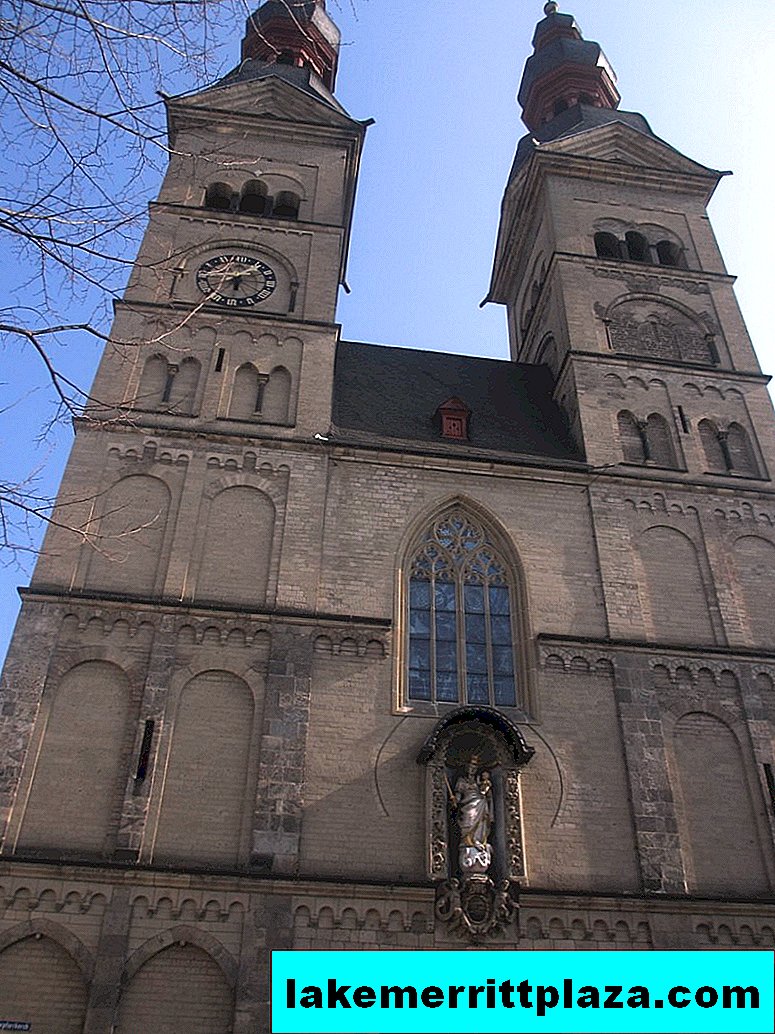
Church of the Blessed Virgin Mary

Church of St. Florian
The most characteristic of the historic center of Koblenz are Baroque buildings.

Koblenz. Old city
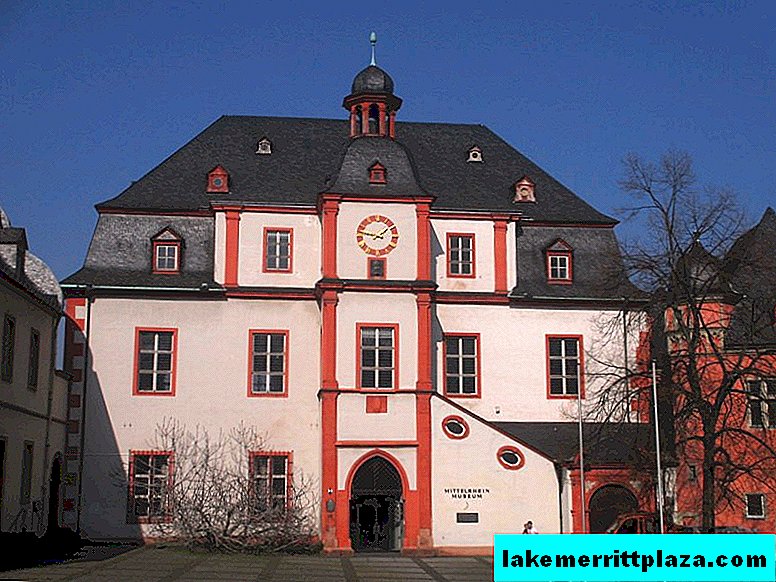
Museum building of the Middle Rhine in Koblenz
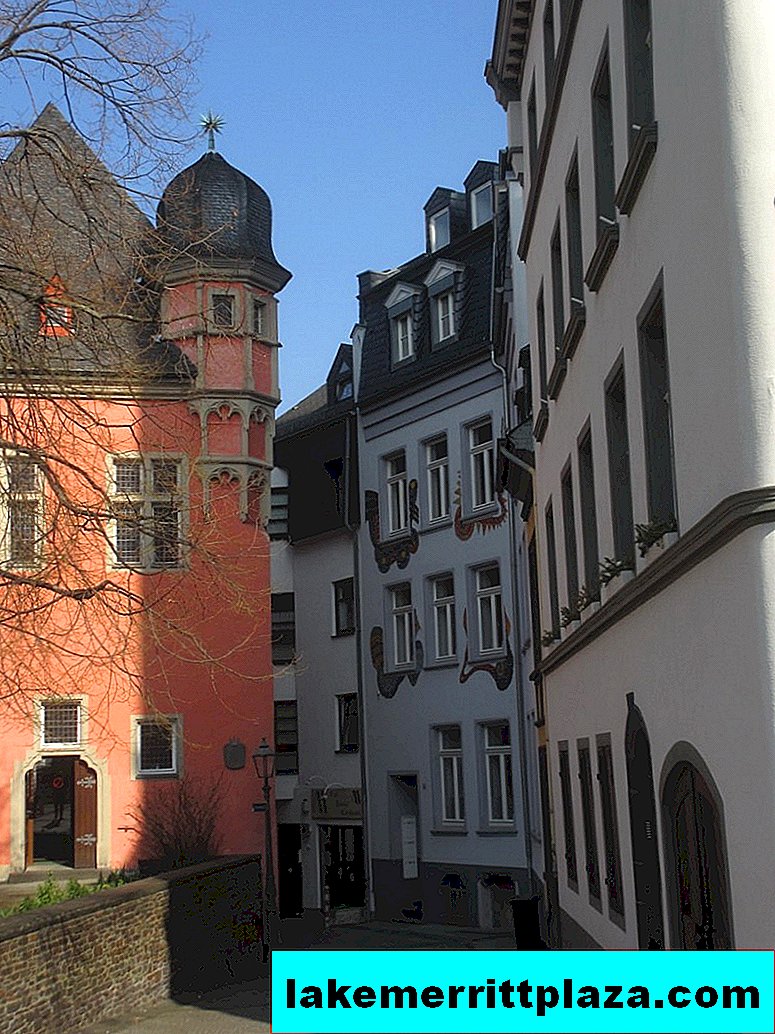
A street in the historic center of Koblenz
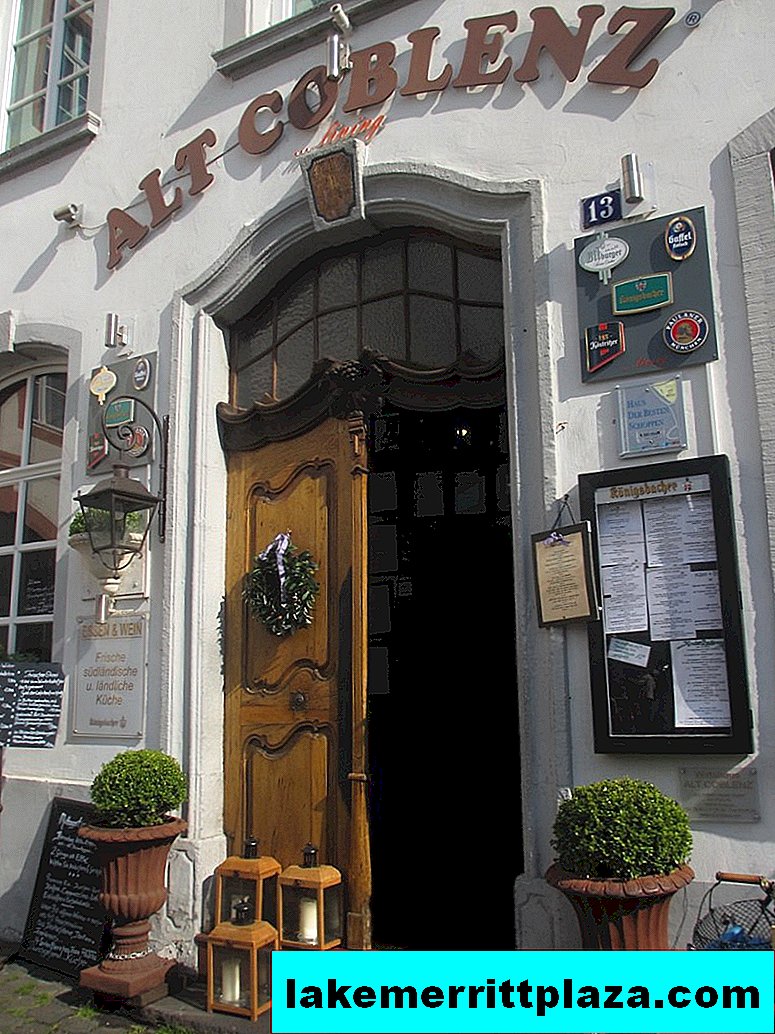
Zucchini "Old Koblenz"
Most of the buildings and structures belonging to the architectural styles of earlier periods were destroyed by French artillery in 1688 during the siege of the city during the war for the Palatinate inheritance. The “sun” king Louis XIV, whom literature and cinema presents to us as a sugary voluptuous man and a sybarite, was, contrary to this, a very energetic and ambitious sovereign. He did not devote all his free time to talking with favorites and dancing at court balls. France during his reign dominated Western Europe, pursued an extremely aggressive foreign policy and, as later under Napoleon, fought with all its neighbors. And during these wars in Belgium, Luxembourg and Germany, during the siege of cities by the French, many architectural masterpieces were destroyed, which many future generations could have admired if this had not happened.
Koblenz in 1688 did not surrender to the French, but was almost completely destroyed by the enemy. This explains the fact that he was again built up in the Baroque style characteristic of the 17th-18th centuries.

Koblenz, Old Town

Koblenz. Old city
Now, walking along the narrow cozy streets of the historic center of Koblenz, it is difficult to imagine that everything that surrounds you has not been preserved since ancient times, but was carefully restored and restored after the Second World War, during which the city was almost completely the second time in its history destroyed by the bombing of the allied aviation. One must not forget that in the 19th century Koblenz was turned by Prussia into a powerful fortress and, together with the citadel located on the right bank of the Rhine in Ehrenbreitstein, was one of the largest serf systems in Germany. Nowadays, the city does not remind of this.
But in order for the inhabitants of the city and its guests to remember that the history of Koblenz goes back many centuries, a historical fountain was built on one of the city squares.
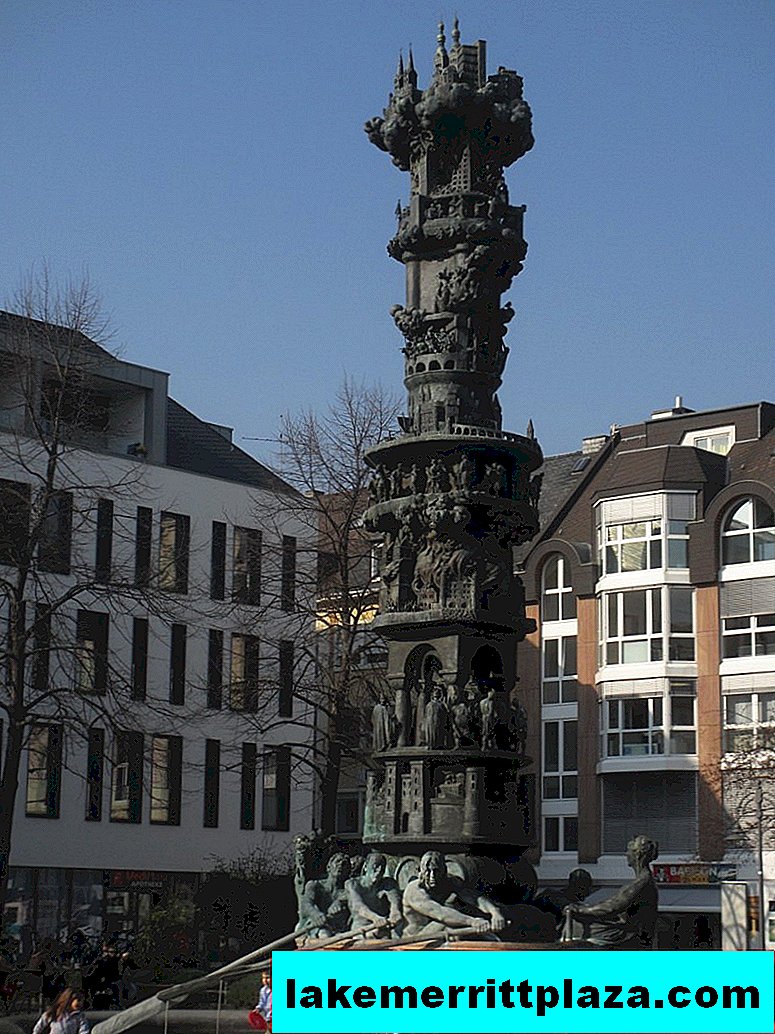
Historic fountain in Koblenz
The column, towering in the center of the fountain, symbolizes the main milestones of the history of the city - from Roman times to the present day.
The ten-tier column has a base in the form of wine barrels. This is very symbolic - the federal state of Rhineland-Palatinate, in the territory of which Koblenz is located, is the main wine-growing region of Germany, and many of its inhabitants are very subtle connoisseurs and connoisseurs of good wines. Therefore, Germany is not alive as a single beer. Koblenz has the so-called Wine Village - five pretty half-timbered houses on the banks of the Rhine, where you can taste and buy any brand of wine produced in different regions of Germany and, first of all, of course, Rhine and Moselle wines.
Speaking of the Rhine and the Moselle. In German, the name Rhine is masculine, and Moselle is feminine, and in German mythology, the beauty Moselle is the beloved daughter of Rhine's large father. In Koblenz, on the territory of the park surrounding the elector’s palace, a sculpture is installed where allegorical figures of a smart and handsome man in the prime of life and a young girl personify the images of the Rhine and the Moselle. True, it is somewhat embarrassing that for the father and daughter their images and poses are too frivolous. However, most likely, for the art of that era, imitation of antiquity, with its cult of the naked human body, was quite normal.
The elector’s palace itself, which was built in 1786, is of little interest. It was erected in the style of French classicism and is a long rectangular building with two side semicircular wings. Outside, the palace is devoid of any decor. The uniformity of its appearance is violated only by colonnades at the entrances from the east and west.
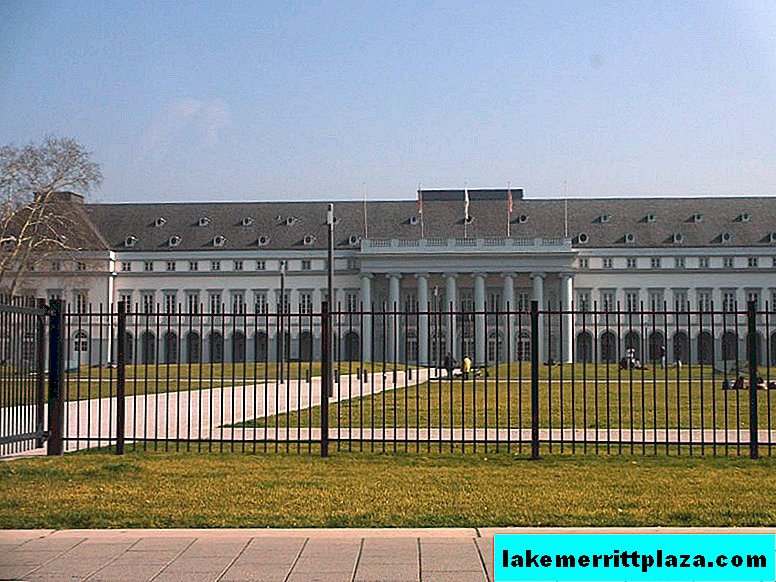
Elector's Palace in Koblenz
The last archbishop of Trier Clemens Wenceslas of Saxony did not live long in the new palace. Already in 1794, the army of revolutionary France arrived in Koblenz, which, as you know, proclaimed peace in huts and war on palaces. Clemens Wenceslas of Saxony, who was the uncle of the ousted and executed king of France Louis XVI, was forced to flee along with a large number of French royalists (supporters of the king), whom he warmed in his Koblenz after the start of the French Revolution. On this, the history of the German principality, which was called the archbishopric of Trier, ended. And it existed since 772, from the time of Charlemagne, that is, more than 1000 years. Frankly, few state entities can boast of such longevity.
The French occupation of Koblenz lasted 20 years, until 1814. Another symbol of the city is associated with this historical period - the Shengel. But before telling about it, we will conduct a short excursion into the history of Franco-German relations.
These relations over the course of many centuries have been very, very difficult and in fairness it must be said that aggression on the borders of France and Germany has never been one-sided. France, which by the middle of the XVII century, basically completed the process of unification of French lands within its borders, began, figuratively speaking, to actively open its mouth on a German loaf. As a result of the Pan-European Thirty Years War, Alsace was torn away and annexed to France by the Austrian Habsburgs. Moreover, at the same time, the French occupied Lorraine, which was by then an independent duchy, which, however, finally became part of France only more than a hundred years after. Both of these regions were Germanic both in language and culture, although the Alsatians and Lorraineans, emphasizing their particularity, did not consider themselves Germans. Immediately after the start of the French Revolution in France, the "theory of natural borders" was born, according to which, like the Pyrenees in the south, the Rhine should be the natural border of France in the east. At all times, aggressors were very inventive in justifying the causes of their aggression. The people who determined the direction of France's foreign policy were not only the fact that the Rhine at that time already served as the border between France and the German margraine of Baden. They wanted to take control of the vast area of the Middle Rhine with its rich cities and its favorable climate, allowing the cultivation of grapes for fine Rhine and Moselle wines. Germany, fragmented into 350 independent principalities and free cities, did not have the strength to resist. Having occupied the Rhine region in 1794, the French annexed its left-bank part in 1798, that is, officially included these lands in France. The Rhine and Moselle department was established in the new territories and the administration was completely transferred to the French administration. All these events led to the appearance of Shengels in Koblenz.
Walking around the city, it’s hard not to notice such sewer manhole covers.
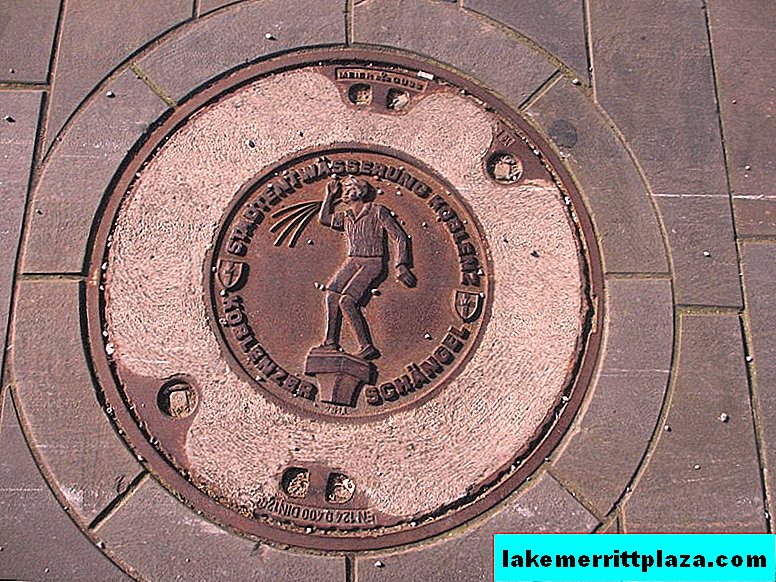
One of Koblenz’s symbols is the Shengel
A fountain cracker is depicted on them - a sculpture of a boy in short pants, from whose mouth a stream of water erupts. The name is "Spitting Boy" Shengel. The Shengelbrunnen fountain itself is located next to the old city hall.
The Shengel is not a name, but rather a nickname. During the twenty-year French occupation, many children were born from extramarital affairs of the townspeople with the soldiers and officers of the French garrison in Koblenz. The boys born as a result of Franco-German friendship, locals contemptuously called the most common French name - Jean, which, taking into account the local pronunciation, was transformed into Shang, or Sheng. Gradually, the Sheng became the Sheng and became synonymous with the word "bastard" (illegitimate).It is quite obvious that the attitude to the Shengels in Koblenz was not the best, only the lazy did not oppose them. However, the Shengels, for the most part, were guys of a timid dozen, and did not give themselves offense. A man who offended Shengel could not count on a quiet life in the future - the numerous Shengel corporation had a large arsenal of all kinds of pranks and nasties that they arranged for their offenders. Gradually, over time, the meaning of the shengel nickname changed and began to mean a person who was never discouraged and did not succumb to the blows of fate. Residents of Koblenz consider themselves as such. However, tourists visiting the cracker fountain should still beware - the yawning Shengel, according to the old habit of leprosy, can suddenly pour a stream of water that erupts from his mouth with an interval of several minutes.
Koblenz is a charming city. A quick glance at him during a short walk is quite enough to understand this. Not only the narrow cobbled streets of the historical center delight the eye, walking along which you are imbued with the romantic spirit of antiquity, but also the original buildings of modern architecture located in the vicinity of them.
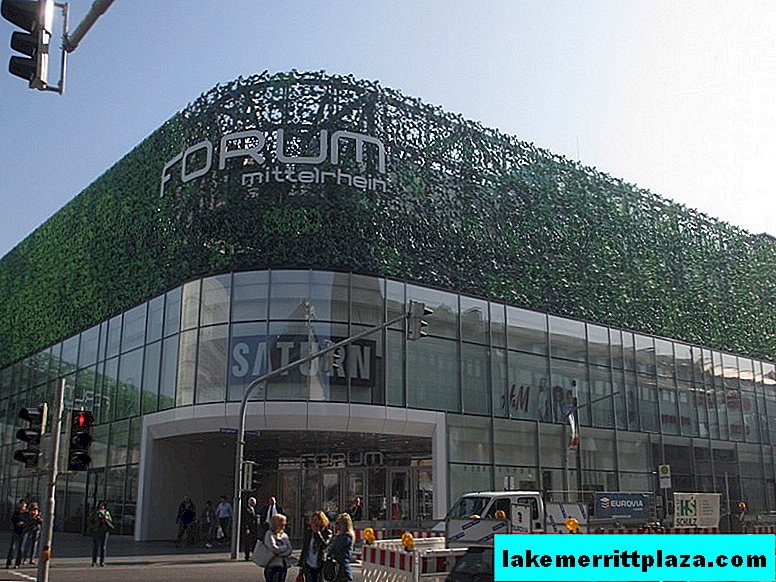
Shopping center in Koblenz
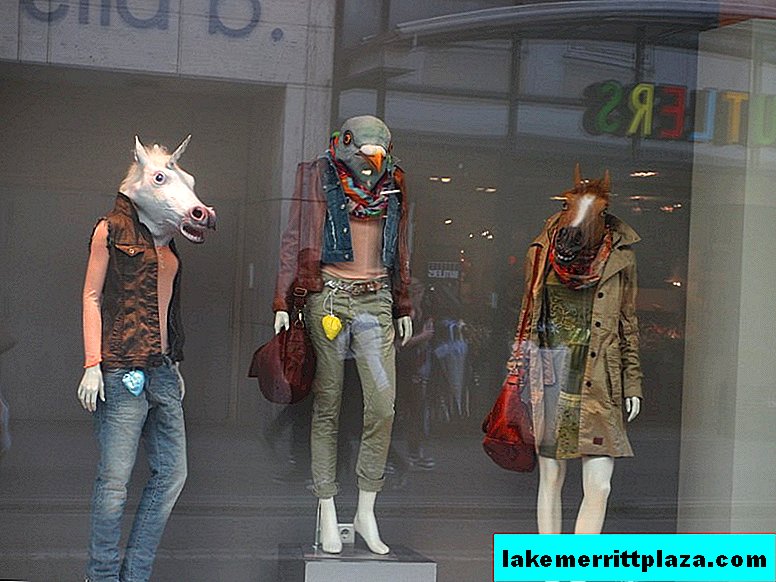
Koblenz. Showcase shopping center
How do you like this building, resembling a suitcase wrapped in packaging film?
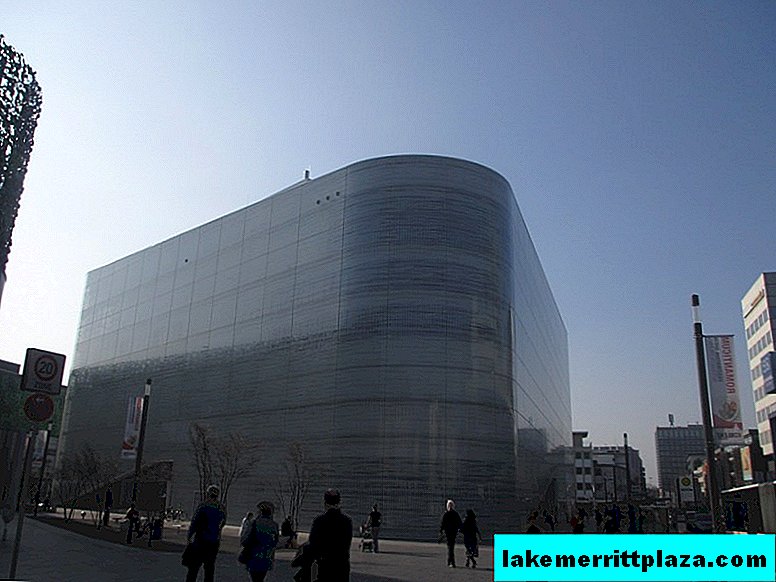
Germany. Koblenz
On the streets of Koblenz there are a lot of interesting sculptural objects of various shapes and directions.

One of the many street city sculptures
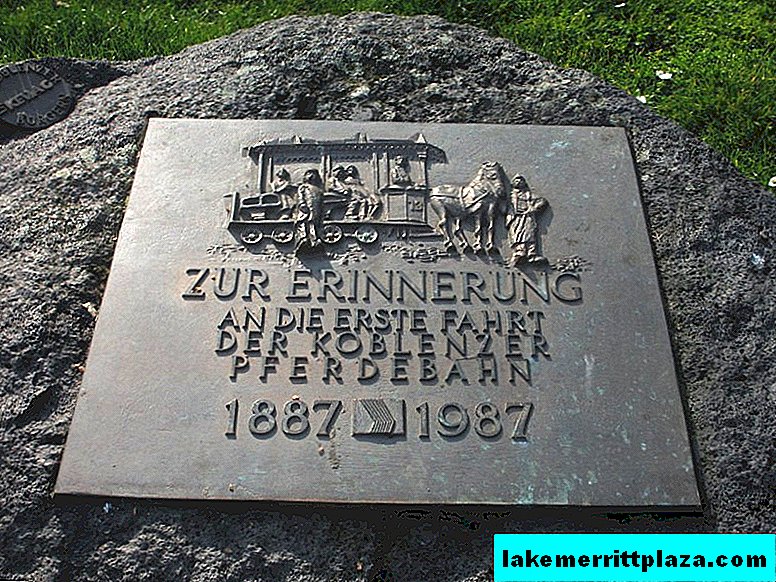
Commemorative plaque in honor of the 100th anniversary of Konka
Koblenz, despite its small size, deserves to spend several days in it. Not only the city itself is interesting, but also its picturesque surroundings with many well-preserved medieval castles.
Fully enjoying the views of this in every sense of the wonderful city, we set off on the return trip. We went the other way - through Bonn, to visit Erich's cousins - Theo and Wili, who live there with their families and at the same time at least have a superficial acquaintance with the former capital of West Germany.
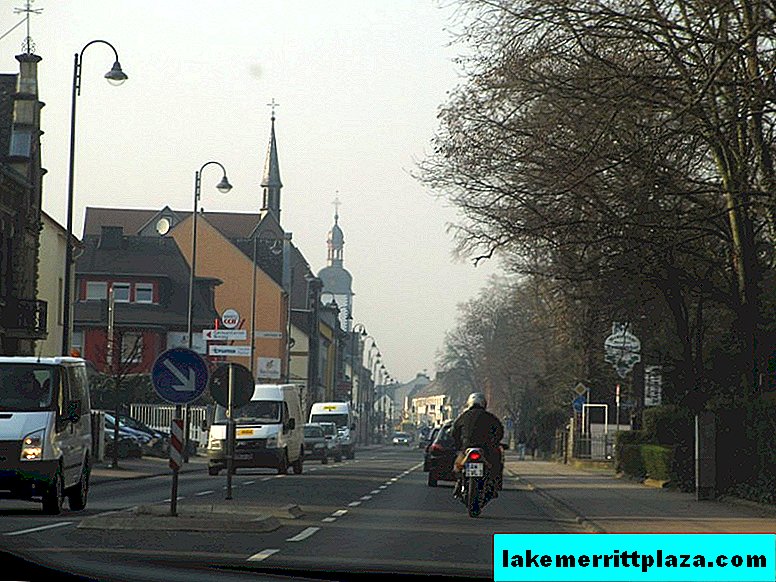
On the way to Bonn
The evening was pretty enchanting. After our more than pleasant acquaintance with Bonn cooking, Theo and his wife Alya gave us a short sightseeing tour of the center of Bonn. Unfortunately, twilight had already thickened by then, and we were not able to make a sufficient number of good photographs. But the walk itself with the tour was just wonderful.

Evening Bonn, evening Bonn! How many thoughts he makes ...
Bonn is located very close to Cologne. Between them, even a tram-metro route was laid. And they have a common airport. And the story, one might say, is also general. I do not want to repeat myself, but I have to - Bonn, like Cologne, Koblenz and many other Rhine cities in Germany, grew up on the site of an ancient Roman military camp. Bonn in 1289 made the Archbishop of Cologne his residence after the obstinate and freedom-loving Cologne achieved independence from their former lord.

Bonn Sternor - the remains of urban fortifications (XIII century)
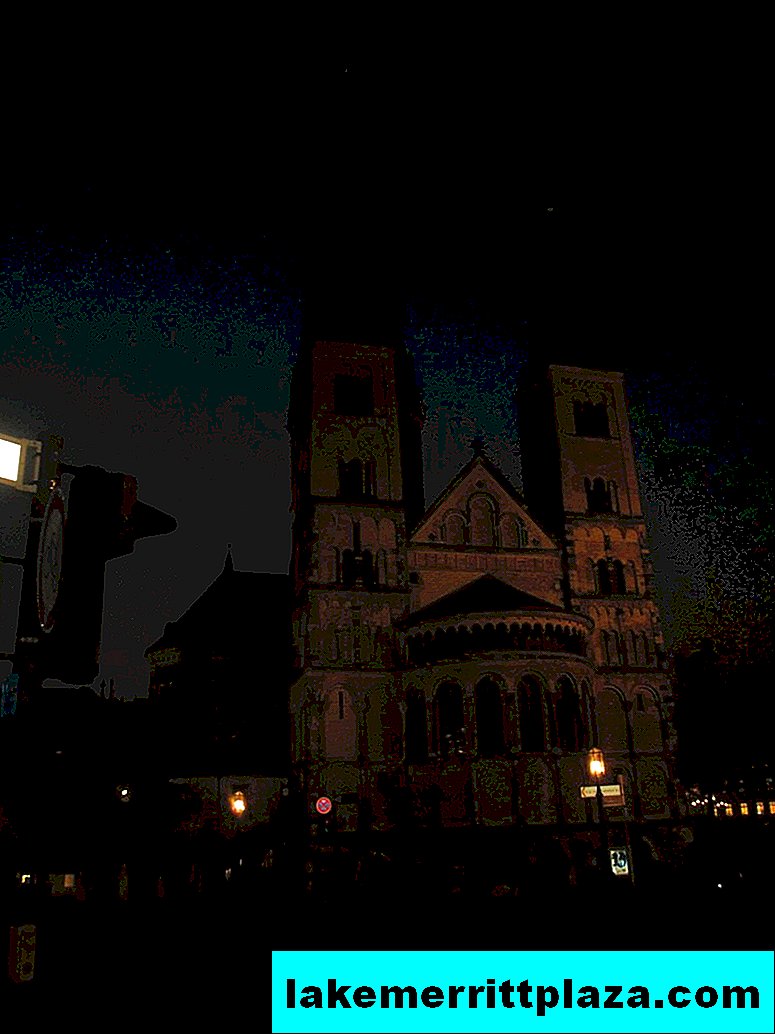
Monastery-Basilica of St. Martin (XI century)
But Bonn, in contrast to the bustling metropolis, which is Cologne, is a provincial quiet and calm city. Language doesn’t turn it into a town - after all, no less than three hundred thousand inhabitants.
One of the versions of how Bonn became the capital of West Germany is very curious. Evil tongues say that the decision in favor of Bonn was made by the first federal chancellor of Germany, Konrad Adenauer, because, living near Bonn, he did not want to move from his native places (he was a native of Cologne and his pre-war mayor) to Frankfurt Mine, who fought with Bonn for the title of capital. Whatever it was, but the "village of federal significance", as the inhabitants of the country called Bonn, was the capital from 1949 to 1990. And here still are some federal ministries and departments.
Almost a tenth of the population of the city are students of Bonn University, one of the best universities in Europe. Among his students there were many people whose names are forever inscribed in the history of mankind. In order not to be unfounded I will mention only Heinrich Heine and Karl Marx. In the 19th century, Bonn University was called the "University of Princes" because it was attended by many offspring of princely and royal dynasties, including Germany’s last Kaiser, William II. The main building of the university is one of the city's attractions, as it is located in the huge building of the former archbishop's palace. The university also owns another former Elector's residence - Poppelsdorf Palace with an adjacent park.
Bonn is not only an educational, but also a major cultural center in Germany. Among a large number of museums of various kinds in the city there is a house-museum of Ludwig van Beethoven.
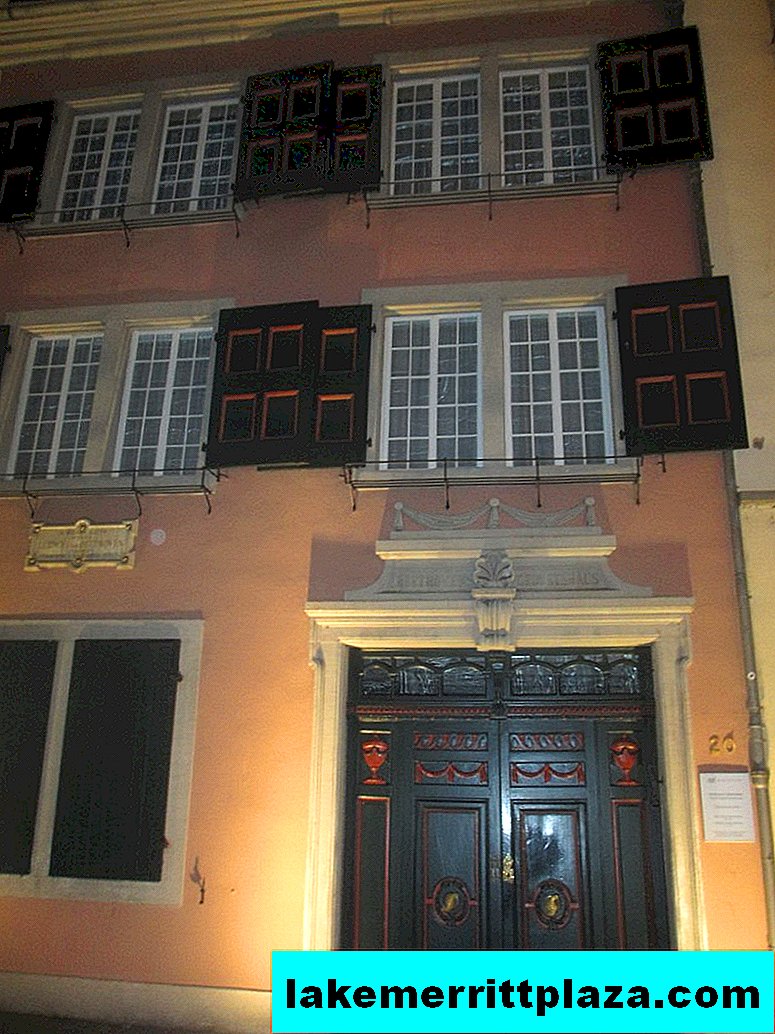
Ludwig van Beethoven House Museum
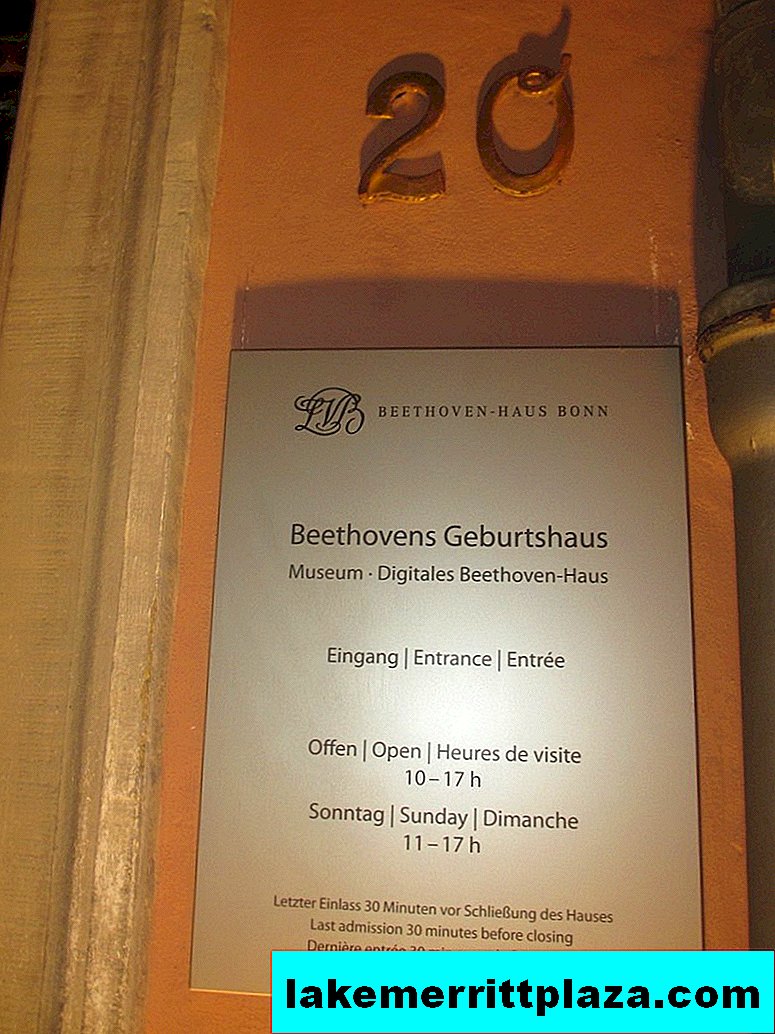
Beethoven House Museum Schedule
The great composer was born in Bonn and spent his young years here. The very first Beethoven monument was erected in Bonn immediately after his death. And in this matter, Bonn was given priority over the imperial capital - Vienna, where Beethoven spent the most fruitful period of his life. Funds for the erection of the monument allocated another outstanding composer - Franz Liszt. Today, there are 10 monuments to the great son of the city on the streets and squares of Bonn.
One of Bonn's attractions is the Old Town Hall on Market Square in the heart of the city.
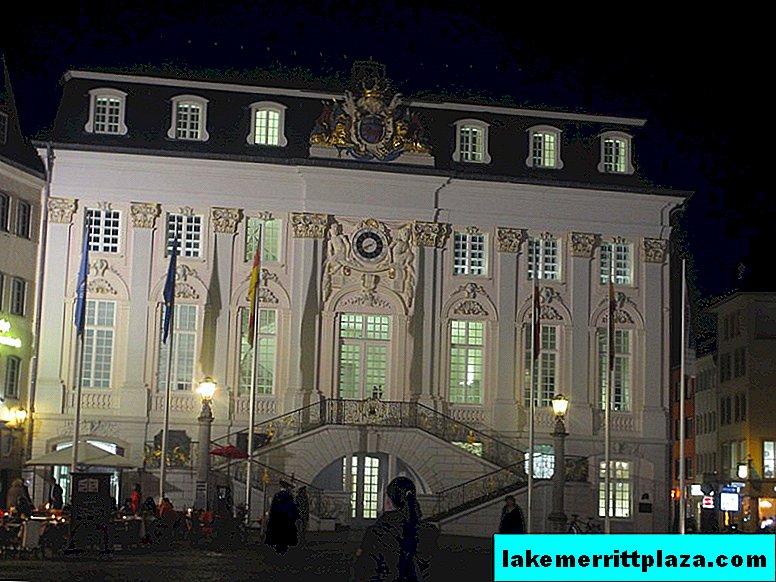
Old Town Hall in Bonn
When Bonn was the capital, this building had mainly representative functions - various socially significant events were held here and foreign government delegations were received. The main staircase of the Old Town Hall was the place where the newly elected president of the country first appeared to the people.

On the front staircase of the Old Town Hall
This day was very busy with us. They returned to Kreuztal a little tired, but to the brim overwhelmed by impressions and very satisfied. Two days remained until the end of our stay on hospitable German soil, and ahead of us was the final point of our excursion program - a trip to Marburg.
I will say in advance that Marburg has become for me the very place where all my ideas about what, in fact, should be an old German town, have come true in reality. That Germany, as I represented it, reading in childhood the tales of the Brothers Grimm, appeared before me in Marburg. More on this in the next part of the report. To be continued.
German sketches. Part IX
German sketches. Part x
How do I save on hotels?
Everything is very simple - look not only at the booking. I prefer the search engine RoomGuru. He is looking for discounts at the same time on Booking and on 70 other booking sites.


